Wouldn’t it be nice if standardized testing no longer held such a prominent place in our education system? I believe that one day we’ll get there. But until then, we owe it to our students to prepare them in a way that builds confidence and equips them with tools they can use—not just to “test better,” but to feel more in control. Let’s help students feel prepared, not pressured!
One of the most effective ways to do that is to explicitly teach test-taking strategies. In this post, I’m sharing 7 research-supported test-taking strategies I used with my upper elementary students that actually make a difference—without turning test prep into a grind.
What Are Test-Taking Strategies (and Why Teach Them)?
Test-taking strategies are cognitive and metacognitive approaches students can use to process questions, manage their time, and respond more accurately under pressure. These strategies help bridge the gap between content knowledge and performance by offering students a roadmap for navigating the unique challenges of standardized assessments.
Research supports that teaching test-taking strategies improves both student performance and confidence (Cizek & Burg, 2006). When students know how to approach a test, they’re less anxious and more efficient.
But here’s the thing: Reading on a standardized test is not the same as reading a book for pleasure or even close reading in the classroom. It requires intentional strategy.

7 Test-Taking Strategies to Teach Your Students
1. Know the Test Format
Before diving into practice passages and bubble sheets, orient students to the structure of the test. Familiarity reduces anxiety and helps students focus on the content—not the format.
Teach students:
- How many passages and questions they’ll encounter
- The genres they’re likely to see (narrative, informational, poetry, etc.)
- What the directions typically look like
- Where they’ll record answers and how (test booklet vs. separate answer sheet)
- What tools they’ll have (scratch paper, dictionaries, highlighters, etc.)
Use released test items or state testing blueprints to walk students through these components. This aligns with the schema theory, which tells us students perform better when new experiences are anchored to familiar structures.
2. Create a Pacing Plan
Time management is one of the biggest stressors for students during standardized testing. Rather than just telling students to “manage their time,” give them a clear framework.
Steps to teach this strategy:
- Deduct review time (e.g., 30 minutes) from the total test time.
- Divide the remaining time by the number of passages.
- Encourage flexibility—but give them a general guideline per passage set.
Helping students pace themselves supports self-regulation, a key component of academic success (Zimmerman, 2002). And just as important: it reduces panic and teaches responsibility.
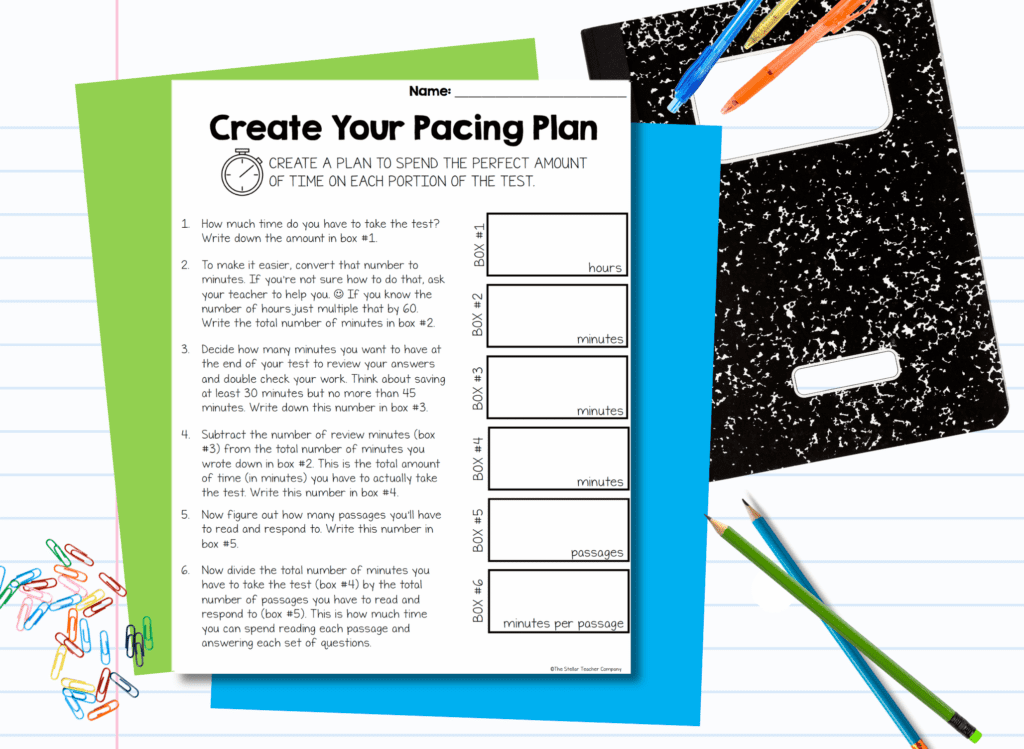
3. Identify the Type of Question: “Right There” vs. “Think Deep”
Teach students to categorize questions as either:
- Right There Questions – The answer is clearly stated in the text.
- Thinking Questions – The answer requires inference, analysis, or synthesis.
This mirrors Question-Answer Relationships (QAR), a research-based strategy that empowers students to identify the kind of thinking each question requires. When students understand that not every answer is “right there,” they’re less likely to waste time hunting for it—and more likely to approach it strategically.
4. Watch for Key Words in Questions
Teach students to “read the question like a test writer.” Many questions include signal words that hint at what kind of answer is expected or where to find it.
Keywords to point out:
- Most/Best – Requires evaluation and comparison
- Based on/According to – Narrows the search to a specific section
- Suggests/Supports – Points toward evidence-based inference
This strategy helps students develop critical reading and decision-making—skills that go beyond the test itself.
Pro Tip: Want Done-for-You Lessons on These Test-Taking Strategies?
All seven of these research-backed test-taking strategies are available inside our Stellar Literacy Collective membership! You’ll get ready-to-use mini-lessons, anchor charts, student practice pages, and more—so you can teach these skills in a way that’s purposeful and low-prep. These materials are designed specifically for upper elementary students and are only available to members.
Not a member yet? Join us and get instant access to everything you need to confidently prepare your students for test day—without the overwhelm. 💻✏️📚
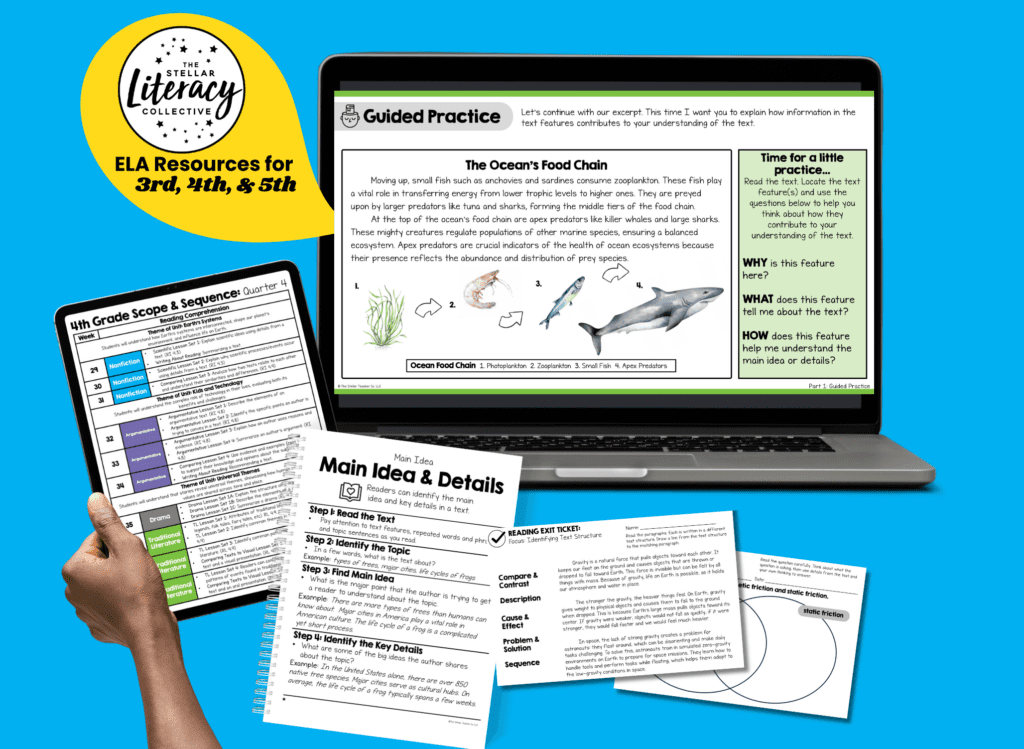
5. Answer in Your Own Words First
Before looking at the multiple-choice options, have students:
- Read the question
- Cover the answers
- Answer the question in their own words
This approach guards against the influence of distractors—answer choices that look right but aren’t. By thinking first and checking second, students strengthen their retrieval and reasoning skills (two high-leverage learning strategies backed by cognitive science).
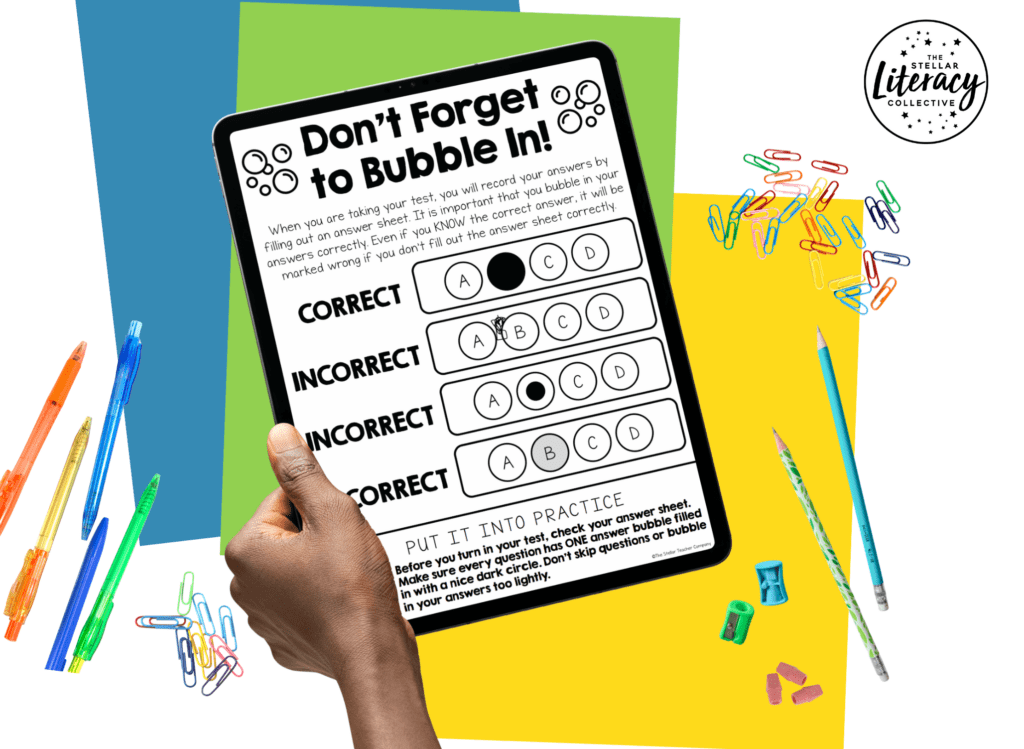
6. Bubble Carefully
It may seem obvious, but incorrect bubbling is a common reason students lose points on standardized tests.
Teach students:
- To double-check that the question number matches the answer number
- To completely fill in the bubble
- What to do if they skip a question and come back
Yes, it’s a logistical skill, but it’s one that ensures students actually get credit for what they know.
Are you the type of teacher who likes to listen on the go? Check out The Stellar Teacher Podcast! Catch us on Spotify and Apple Podcast. Jump right in by listening to Episode #126: From Stress to Success – Strategies for Empowering Students on Testing Day!
7. Practice Positive Self-Talk
This is my favorite strategy because it’s about mindset—which can be as powerful as any academic skill.
Why it matters:
Test anxiety can block access to knowledge students actually know. Teaching students to replace anxious thoughts with empowering self-talk supports emotional regulation and boosts performance (Cassady & Johnson, 2002).
Ideas to use:
- Write a pep talk or mantra to recite before the test
- Keep positive affirmation cards on their desks
- Remind them: “You’ve worked hard. You’re ready. You’ve got this.”
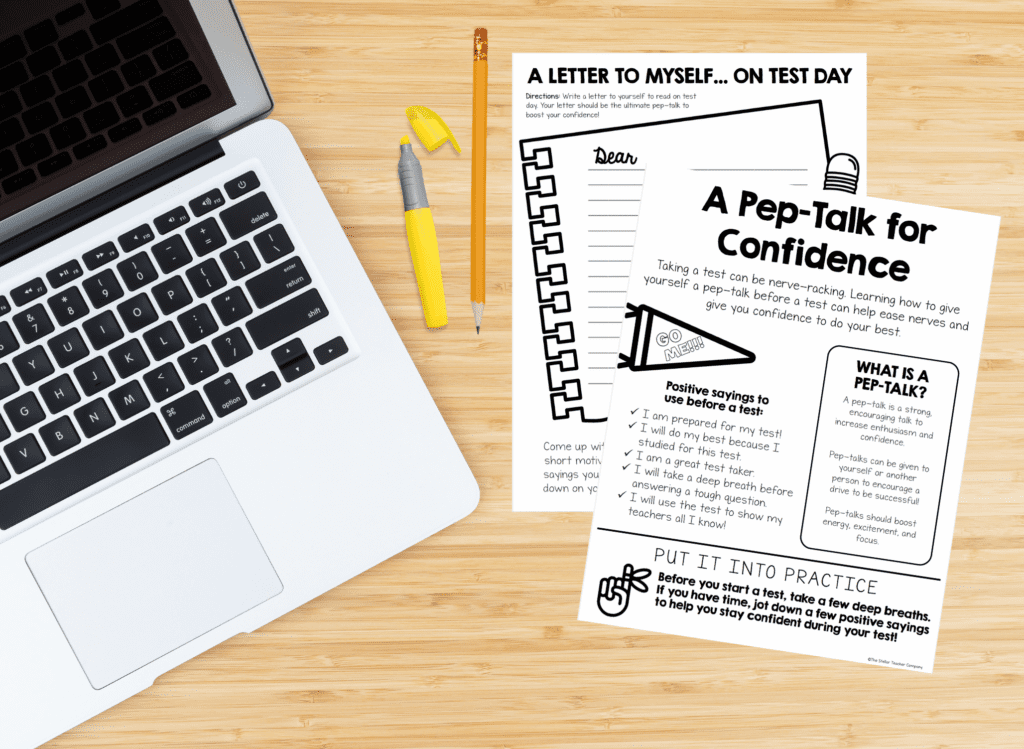
Even if we don’t love the tests, we can still love the way we prepare students for them. These test-taking strategies are not about teaching to the test—they’re about empowering students to approach challenging tasks with confidence, clarity, and skill.
Let’s keep the focus where it belongs: on growing capable, strategic thinkers who feel proud of the effort they’ve put in—no matter what the test says.
Let’s stay connected!
Want more tips, resources, and encouragement for teaching upper elementary ELA?
- Follow us on Instagram @thestellarteachercompany for daily ideas, behind-the-scenes peeks, and classroom inspiration you can actually use.
- Subscribe to our newsletter to get exclusive content, helpful freebies, and first access to new resources—delivered straight to your inbox!

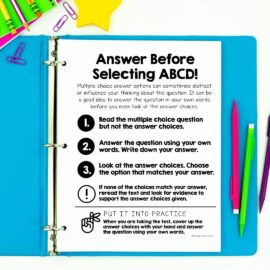
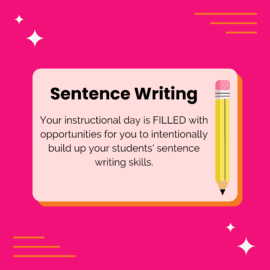

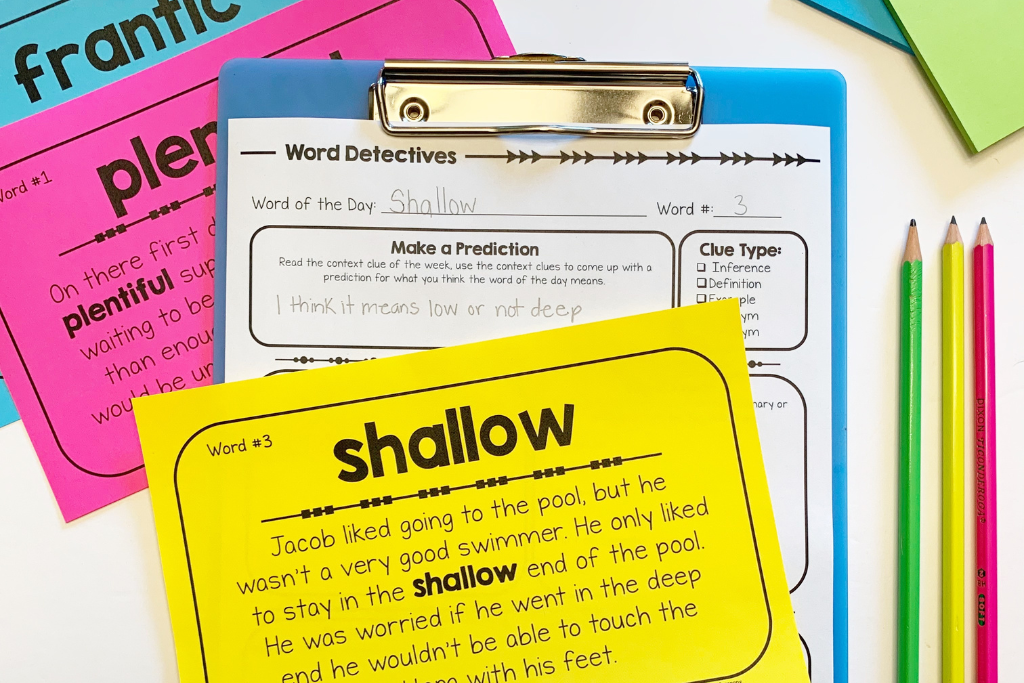
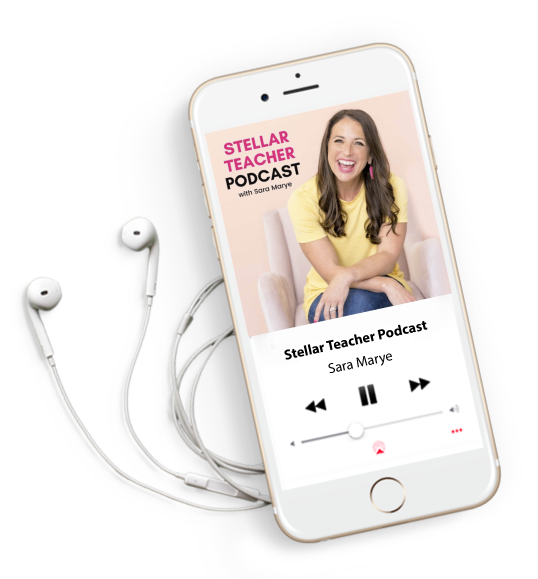





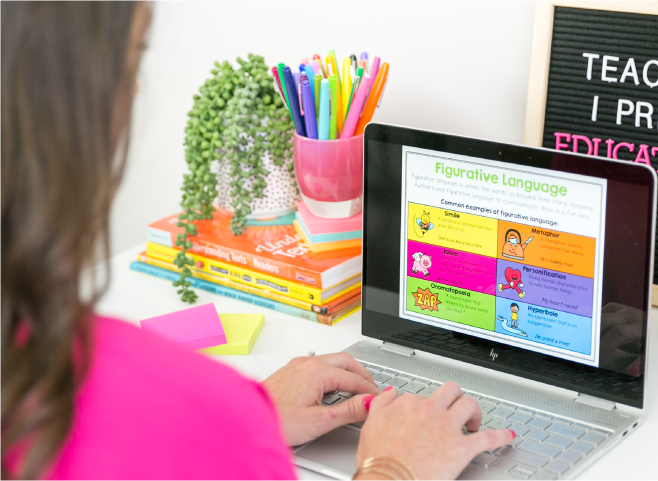

Leave a Comment
You must be logged in to post a comment.